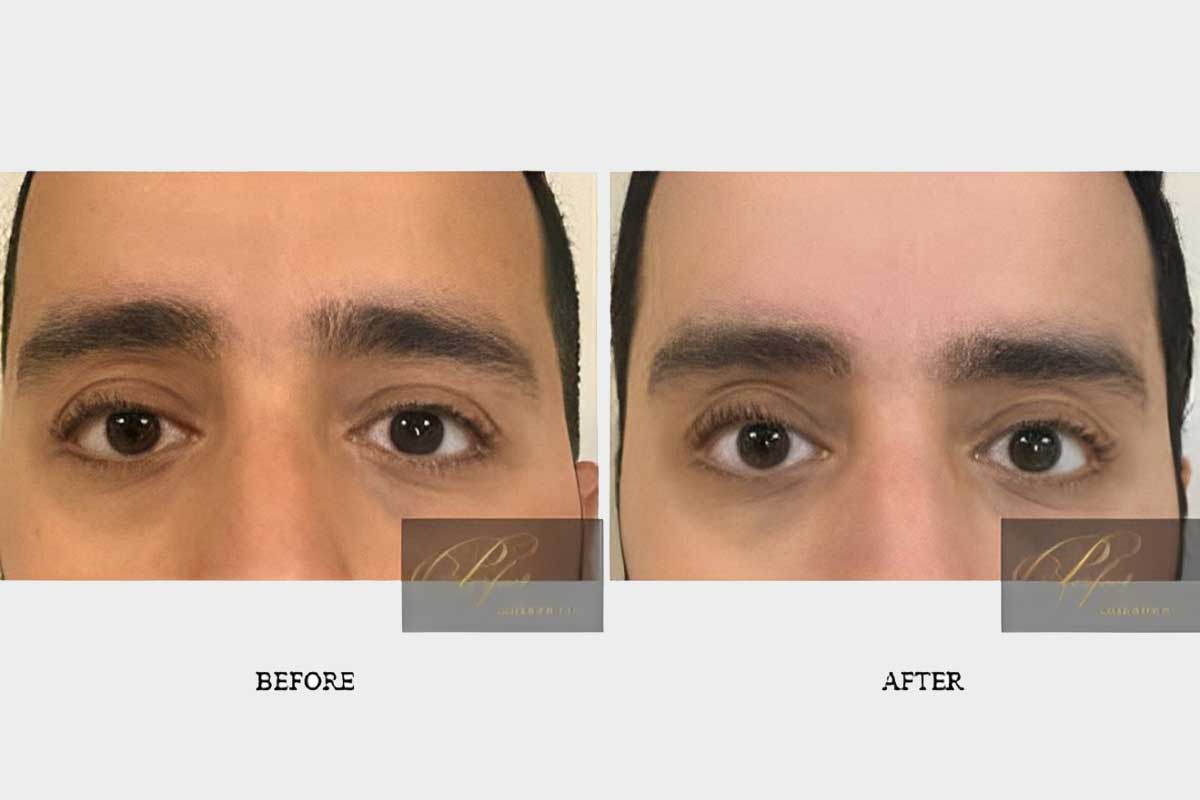Face/Neck Lift Surgery
Your face is most important to your identity. We present ourselves to the world and show expression through our faces. No other body part carries the weight of vanity that our faces do.
Your face is most important to your identity. We present ourselves to the world and show expression through our faces. No other body part carries the weight of vanity that our faces do.
Facelifts are invasive and have more impact than any other cosmetic procedure. A good result can change lives, and improve emotional/physical well-being and confidence. On the other hand, a poor result can cause years of problems. High on the list of patient concerns is the fear of looking unnatural or overdone. The unnatural appearance most often results from poor surgical planning and skill: technique, unnatural vectors of pull, hairline changes, and poor attention to detail. Failure to address contributing aging factors, such as skin texture and eyelids may also detract from the results. The biggest contributor, however, is volume.
A facelift removes redundant skin and underlying supportive tissues. this procedure may not make you look younger, but it will make you look “tighter”. Central facial wrinkles, such as those surrounding the mouth or between the nose and the mouth (melolabial or nasolabial folds) are unaffected by facelift surgery. Traditional rejuvenation includes removing only redundant skin. The contemporary approach to restoring a youthful appearance involves not only the removal of redundant skin, but also laser resurfacing and recolonization with fillers, implants, or fat.
Facelifts have been performed for over 100 years, and history shows that the evolution of a procedure with pre- and posterior ear skin excisions, appropriate dissections, super musculoaponeurotic system (SMAS) treatment, and superficial neck muscle treatment can produce a safe, natural, and long-lasting result.
Am I a Good Candidate for a Facelift?
This topic will be discussed during your pre-operative consultation. Patients considering such a procedure need to:
- Be in good physical and emotional health.
- Have reasonable expectations about what the procedure will do.
- Be appropriate candidates.
The best patients for this procedure are those individuals whose faces and necks have just begun to sag. At this stage, the skin still has elasticity and a strong, defined bone structure.
Facelifts performed by Dr. Schroeder will give a younger and fresher look. The goal is to look like yourself, not change facial features.
How is a Face Lift Performed?
Facial rejuvenation is highly specific to each patient, as we all age differently. Recommendations will be discussed with you during a facelift consultation and again on the day of your procedure.
Dr. Schroeder uses only local anesthesia and analgesics to perform your surgery. You will not be put to sleep. Avoiding general anesthesia significantly decreases the risk of complications, as well as post-operative problems. You will be given something by mouth to relax you, as well.
Your blood will be drawn initially. We process it and isolate your growth factors to use in the incisions to promote healing and regrowth intra-operatively (PRP).
Facelift incisions are meticulously planned and follow a natural line in front of the ear, at the base of the earlobe, advance behind the ear in the crease and end in the lower scalp. The nuances and options of the approach will be discussed with you. Dr. Schroeder performs her procedures so that the scars are not only excellent but well-hidden, so that you may continue to wear your hair as you please after initial healing.
After the incisions are made, Dr. Schroeder will separate the overlying skin from the deeper layer superficial musculoaponeurotic plane (SMAS). The SMAS is then tightened to lift the lateral cheek and neck. She may also remove fat collections that contribute to jowling and sagging.
She will address the platysma (superficial neck muscles) and may make a small incision under the chin.
Once all the supporting structures are addressed, Dr. Schroeder sutures the deep layers of tissue and closes the superficial skin in a tension-free manner, which produces very fine, difficult to discern scars.
Two small drains are placed in your neck under gauze bandages to prevent fluid build-up in the tissues. These will be removed postoperatively on day 2.
Before being discharged from our facility, your head will be wrapped with bandages over the incisions and covered with a compression garment to minimize swelling.
What to Expect After Surgery?
- Post-op Day 1 – Take antibiotics for the first 24 hours. Have someone assist you in getting in and out of bed for the first day sleep with your head elevated (first ten days). This will minimize swelling and improve wound healing. You should be having minimal to no discomfort for the first 24 hours. If you DO have discomfort, you must call us.
- Day 2 – Remove facelift dressing and neck drains after two days. Get out of bed, walk and move frequently. You may have someone wash your hair.
- Day 5 – Return to the clinic for a facelift follow up. Half of the sutures are removed.
- Day 10 – Return to the clinic for facelift follow up. Remove all stitches. You can return to work 10 to 14 days after your facelift if all goes well.
- Week 3 – Return to the clinic for facelift follow up. Recheck incisions. Resume 50% of previous activity and exercise regimen. Scar and wound care include a skincare regimen you will continue for at least six months to manage your incisions and ensure the best possible outcome.
- Week 4 – Your face will feel numb and hard in cheek areas. Resume all activity and exercises enjoyed before your facelift. Numbness and hardness in cheek areas are normal for at least 8 to 12 weeks after a facelift.
- Month 3 – Return to the clinic for facelift follow up. Take postoperative photos.



